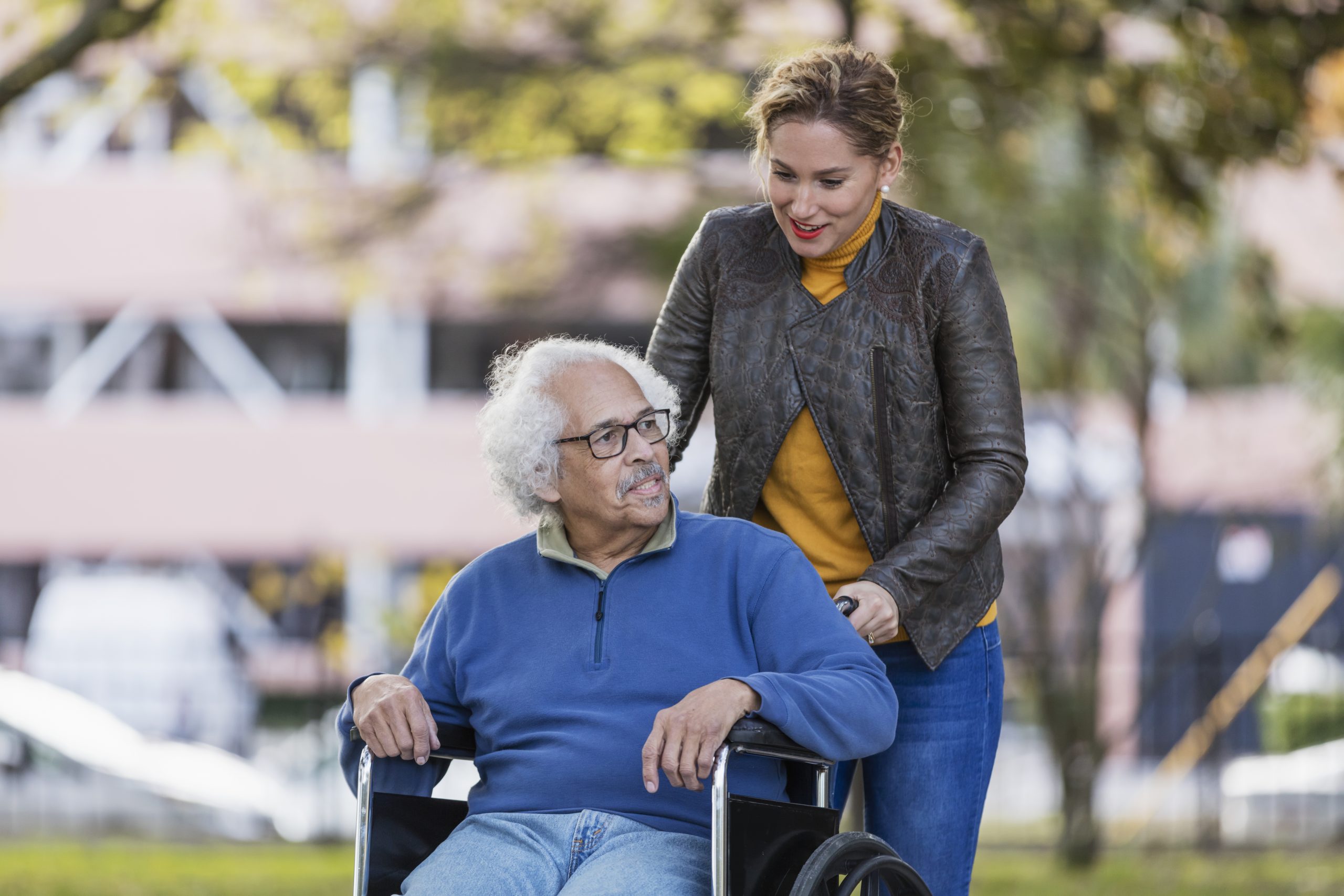It is true that diabetes does impact and affect mobility. Remember that diabetes impacts circulation, vision, balance, and the nervous system, so some activities may be quite painful. There are some ways to help those with diabetes and compromised mobility that will reduce the risks of injury and enhance quality of everyday life.
World Diabetes Day is November 14th, and it is the perfect time to find out more about this disease and ways to treat its symptoms. Around 30 million Americans have been diagnosed, but at least another 7 million are living with diabetes but do not yet know. Diabetes, when unmanaged or left untreated, can cause a wide range of health and wellness problems, including visual impairment and poor blood circulation. Yes, diabetes affects mobility and mobility aids and equipment could help.
First, do you have diabetes? Are you at risk? Here are some risk factors you should know about:
- Obesity and excess weight
- Family history of diabetes
- Experienced Gestational diabetes during pregnancy previously
- Over 45 years of age
- Males are at greater risk
There are online tools and tests to help you determine if you have diabetes, but the best way is to visit your healthcare provider for a lab test.
Remember there are numerous ways that diabetes affects mobility and impacts everyday life. Here are just a few, as well as how we may help!
Chronic Pain
Diabetic pain should not be taken lightly. It may range from infrequent numbness or tingling in your hands, legs, or feet but it can exacerbate to extreme burning sensations that are both painful and restrictive. This neuropathic pain can impede mobility, for sure as well as be an underlying cause of a fall. Anyone who lives with chronic pain will tell you that it impacts quality of life but what can be done?
For pain associated with diabetic neuropathy, you may experience numbness and lose control of your extremities when walking or standing. This makes aids like canes and rollator walkers prudent for regular use. These provide support and stability when you are unsteady plus, rolling walkers are equipped with a seat for sitting if symptoms strike when walking.
Flexibility
Diabetes can make you feel stiff and sore, not ideal for those trying to maintain mobility. A diabetic’s glucose level and when it is high, can stick to the collagen and cause discomfort. Sugar makes the collagen thicken, so the joints, tendons, and bones don’t move as smoothly as they should. For many sufferers, it may make it difficult to move at all.
When loss of flexibility makes it tough to navigate stairs or rise from bed, a lift might be helpful. Stairlifts can be installed indoors or out, to help the user ascend or descend stairs and steps. Ramps are another mobility aid that may make it easier for folks with diabetes to enter or exit their home gently and safely.
Coordination
Diabetics often experience vertigo, a type of dizziness that may be accompanied by nausea. This affects coordination and could easily cause you to fall and become hurt. In fact, this is a common side effect of type 2 diabetes, and it can be very problematic.
While there are not a lot of things that can bring comfort during these episodes, you can still enjoy a hot shower or bath and minimize the risk of falling by using a shower bench or seat. Shower seats are common aids that are inexpensive and widely available. They can help users maintain balance while tending to their ADLs, or activities of daily living. Don’t forget about installing grab bars throughout the home environment for a bit of stability when you stumble or misstep.
Amputation
Sadly, diabetics often endure severe infections and wounds tend to heal much more slowly than most. This can even lead to loss of limb or death. While mobility aids may not be able to address these life-threatening infections, they can help those that have had amputations maintain mobility and autonomy with wheelchairs, scooters, and lifts to help them go about their daily routine.
Weight
Diabetics often struggle with weight, and weight gain is symptomatic of type 2 diabetes. This extra weight can not only make diabetes worse, it impedes mobility, too. Eating well and getting regular activity may help with weight control. But what about those that struggle to move and exercise? Some simple mobility aids, like canes and walkers, may help provide a bit of reassurance for those that want to get up and move.
Bariatric patients often utilize ceiling lifts to help caregivers following surgery or during rehabilitation, but don’t forget about pool lifts, too. These can help compromised patients get in and out of the water with more ease.
Do you or someone you love live with diabetes? The impacts of this condition extend to mobility- often impeding how you live your everyday life. We may be able to help with quality mobility products and unrivaled customer service at Pacific Mobility. Call or visit us today to learn more.
President, Husband, Father, Grandfather Graduate of UC Davis- Bio Sci Major- Go Aggies! Jeff has extensive experience in all of Pacific Mobility’s products and services, and specializes in accessibility products as well as stairlifts, ceiling lifts and custom wheel chairs. His hobbies include spending time with family, gardening, mountain biking, exercising and off road motorcycle riding.
24 years as Owner/President of Pacific Mobility Center – selling, installing, and servicing stairlifts, porch lifts, ceiling lifts, pool lifts, handicap ramping, specialty wheelchairs, scooters, power wheel chairs, and other power mobility devices
Certified Environmental Access Consultant since 2008
Licensed General Contractor since 1998
Certified Aging in Place Specialist since 2016
Board Member for Home Access Professionals
Member of Association of Members of the Accessibility Equipment Industry (AEMA)




